The United Nations in the Scale
Dr. Ali Nazli
-Chair of Pillar Centre for Conflict Resolution, International Arbitration and Scientific Research.
When countries of the world cooperated to form a global body following the devastating world wars (World War I & II), which claimed the lives of millions of innocent victims, in an attempt to draw up a global pact to reduce wars, killing and destruction, look to the future and achieve stability, development, peace and justice among nations and peoples, representatives of fifty countries met in California, the United States of America in 1945 at an international conference called the San Francisco Conference in accordance with the proposals of Dunbarton Oaks and the Yalta Treaty. Some amendments were made to it, as the conference approved the Charter of the United Nations and its articles and the statute of the International Court of Justice and crowned the signing after four years of continuous work on October 24, 1945. The first celebration of the United Nations World Day was in 1948. Therefore, the General Assembly of the United Nations recommended the celebration of this day as a public holiday in 1971.
Now the United Nations has 193 member states. Worth to be mentioned that, the United Nations consists of several main bodies, which are; the General Assembly, the Security Council, the Economic and Social Council of the International Court of Justice, the Trusteeship Council, and the General Secretariat of the United Nations. The Security Council is considered the most important institution of the United Nations because of its primary responsibilities under the provisions of the Charter of the United Nations towards maintaining global peace, security and stability.
Therefore, the United Nations described its global map and its great goals as those that bring hope after despair and peace after wars, destruction, prosperity and development after poverty and hunger, and equality, justice and freedoms after injustice, oppression and the absence of law.
76 years later of launching the Charter of the United Nations and launching lofty goals that give hope for a future free of war, conflict, killing, destruction and injustice, and achieving human justice, has the United Nations been able, within the framework of measurement standards and performance indicators, to succeed in achieving its goals? What has the United Nations done, and what success has it achieved, according to its signed charter, towards achieving tactical and strategic goals?
Have beautiful slogans, periodic meetings and diplomacy at summits and conferences become the most prominent feature of the work of the United Nations? Or is the annual concert inside the halls of the United Nations as an expression of peace the goal?
76 years later, has the United Nations been able to stop wars and conflicts between states and parties, which claim the lives of thousands of civilians, whether conflicts within a particular state or between states? Was the United Nations able to end all forms of occupation of countries, or is there criteria, accounts and balances to stop and curb the occupying countries and their practices towards the occupied countries and peoples? Was it able to stop all forms of oppression, violence and killing against minorities in the world, whether in India, China or elsewhere? Was the United Nations able to fight poverty, hunger and illiteracy in the countries of the world? Was it able to stop the looting of the wealth of the major countries for the expertise and capabilities of the poor countries? Was the United Nations able to stop the arms race and the development of unconventional weapons that threaten the entire world in the event of a new world war? Was it able to restore respect for man and his civil and political rights from siege, aggression and robbery of the most basic civil rights? Likewise, does the United Nations stand in the way of suppressing freedoms and working to spread freedoms and democracies in countries of the world, especially third world countries?
76 years later of the Charter, the time has come for the United Nations to assume its legal and moral responsibilities and work seriously to achieve the major goals and to create a state of penetration into a state of instability, non-peace, a sense of injustice, division, and the absence of peace and human justice. The time has come for the United Nations not to deal with double standards between countries and to apply the law exceptionally according to the standards and calculations of major countries and their strategic interests.
It is time to rehabilitate the developing and poor countries and encourage them to benefit from their capabilities and wealth and provide them with support through money and technology instead of providing humanitarian and relief aid, despite its importance. The time has come to maintain and correct the course of the United Nations, this global organization that is the hope for the peoples of the nations of the world.




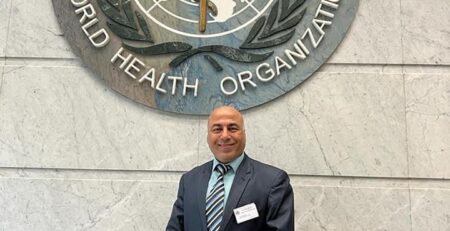
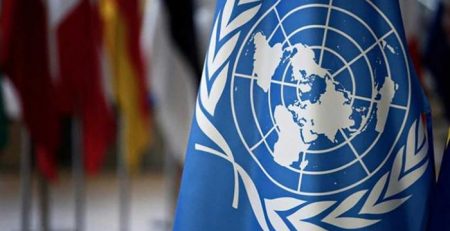
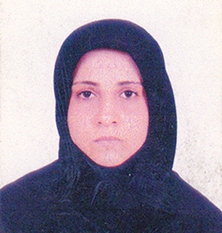
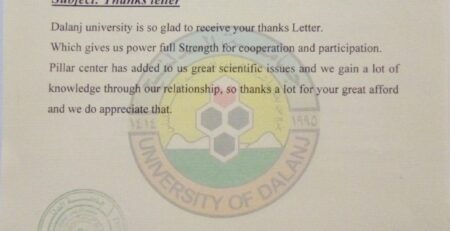


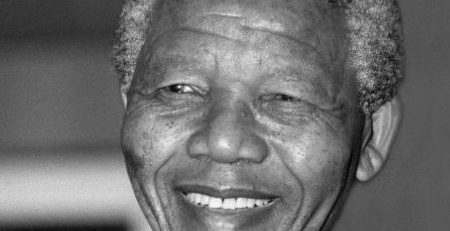

Leave a Reply